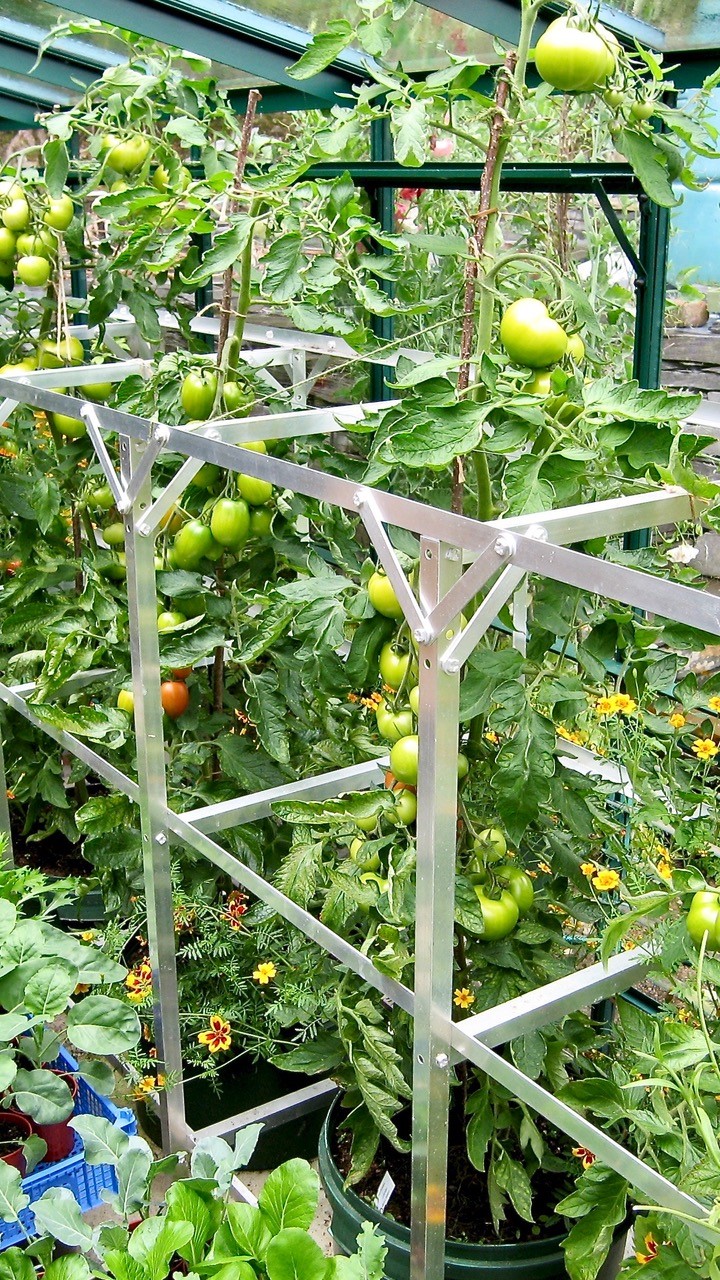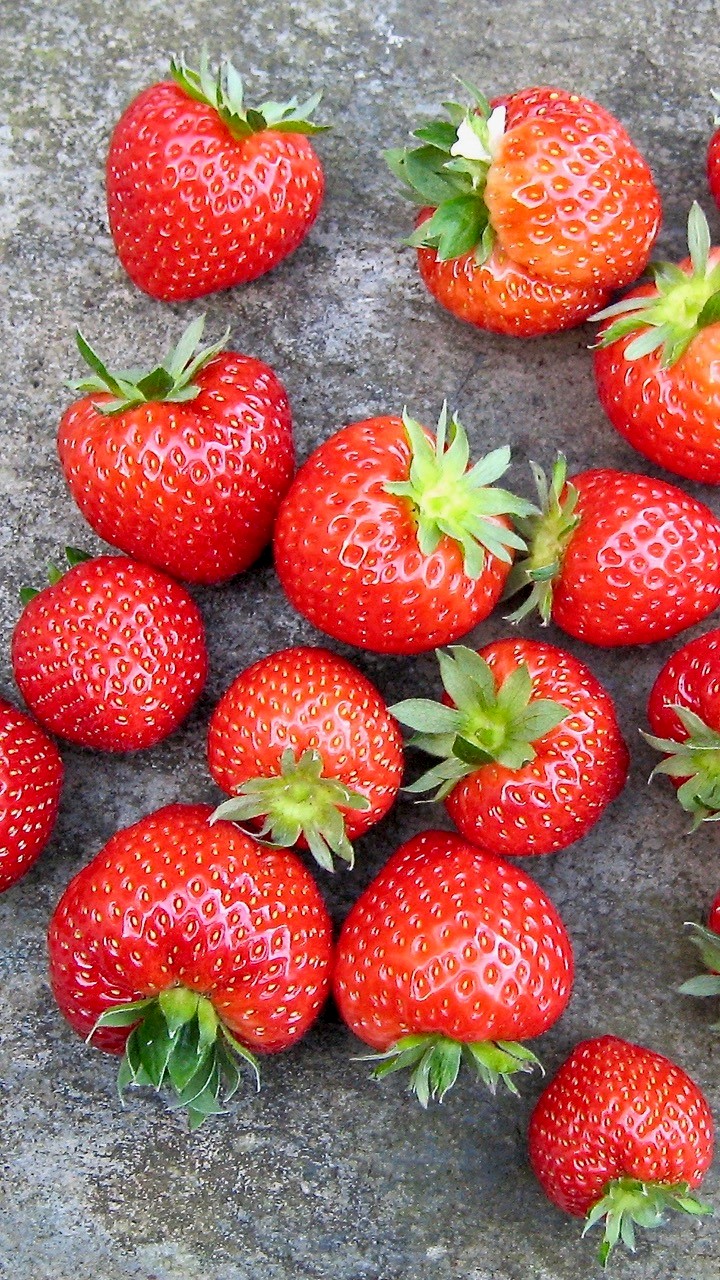With the world’s focus on ways to cool the global ‘greenhouse’, the onus is on all of us not to add to the problem. Earth-friendly under-cover gardening can make our greenhouses part of the solution.
Being on life support is serious stuff. It means we’re so poorly that we need extra, emergency help to actually keep going – to stay alive – until we hopefully recover and get going under our own steam. Medical life support buys us time to repair and restore the complex, interconnected systems of which we’re composed.

We’re hearing a lot about emergencies right now. We’ll hear heaps about our climate emergency in the coming weeks, at COP26 in Glasgow, when our planet’s great and good (some less so) gather to talk climate: change, crisis, emergency, breakdown, catastrophe, heating – and what on earth we’re collectively doing about it.
Inseparable from our climate emergency is our ecological or nature emergency; the finely balanced, interdependent web of complex living systems that make our only home liveable is under threat like never before. The rub here is that nature is our life support system. If we cause it to fail and collapse, through avarice, hubris, ignorance – the list goes on – what happens then?
The answer’s dark, but there is a bright, uplifting and beautiful thing we can all do to blast the gloom asunder: get gardening – especially in a greenhouse. The single global greenhouse we all share is overheating dangerously fast, but within it there are millions – if not tens of millions – of greenhouses worldwide just like yours and mine, big and small, each humming with life-supporting, emergency-easing, climate-cooling potential.

Gardening’s planetary first-aid begins with two non-negotiable must-dos. First is switching to earth-friendly and ecologically doable peat-free compost, and away from climate- and nature-wrecking peat-based mixes. If ever there was an act of gardening self-harm, wilfully destroying one of our most vital life support systems, by draining and ripping up carbon-trapping peat bogs – to pot up petunias – is it.
Second is powering down: cutting the energy your greenhouse uses for heating, especially if that energy is derived from fossil fuels, which means that paraffin and gas heaters are no-nos. Although much electricity is now derived from renewables, there are far better things we could be doing with it than keeping our greenhouses ‘warm’ in winter; we must learn to unlock the year-round rewards of a cold, unheated greenhouse – and give up growing those plants that add to carbon emissions through burning energy to keep them cosy. Need to germinate seeds? Find a warm room indoors. I can’t quite envisage sitting down in front of a roll of bubble plastic at my local garden centre waving a ‘Don’t Insulate Britain’s Greenhouses!’ banner, but you get the idea…
Let’s add a third must-do: give greenhouse lighting a miss. We have winter here; it gets cold and dark. Let’s roll with the seasons, such as they are nowadays, not fight them; enjoying our greenhouses and unlocking their year-round potential while cutting energy use is a key garden-found response to our multiple emergencies. Let’s not forget that those of us privileged enough to garden for fun are in the 10% of the world’s population responsible for 50% of global carbon emissions. That’s you and me. If fairness truly matters, we can’t go on allowing our fun to diminish and endanger the lives of those who garden for their survival, in lands already caught in the teeth of climate chaos. Save energy, support life.

But there is one ‘fuel’ we can use with impunity to power our greenhouses: sunshine. It’s 100% renewable, it’s available during daylight hours, it’s non-polluting, it ain’t ever gonna run out, and it’s always free at the point of harvest – which is inside your greenhouse. This is the fuel that warms our millions of sanctuaries on fine spring days, fires up our gardening dreams, and makes our plants grow. We capture sunshine and then use it to engineer our own benign bit of global heating under cover, which allows us to raise plants – in their many millions – with only modest gardening footprints, using pre-loved plastic pots and home-made potting mixes.
Plants we can eat: low-carbon, no-pesticide, packaging-free, seasonal food. Plants we can adore and share: grown-not-flown, chemical-free, ethically sound, wrapping-free flowers, to soothe our fraying spirits as our world goes topsy-turvy around us. Plants we can raise, peat-free, for the sheer love of it, to enrich our gardens and allotments and bolster the pressured wild life around us: flowers chock-a-block with unsullied pollen and nectar to bring emergency life support to our dwindling insect populations (where were all the butterflies this summer?).
All of this and barrowloads more is possible when we’re all busy sowing, planting and nurturing in our greenhouses together – helping, collectively, to cool the bigger greenhouse that supports all life. Perhaps we need a new greenhouse mantra: grow locally, support life globally. All of it powered by the clean, carbon-free rays of the sun.
We’re not going to fix our climate and nature emergencies single-handedly. But many sun-warmed hands, at home and afar, together harnessing the potential of our millions of greenhouses, can offer our living world some urgently needed, garden-powered life support.
Text and images © John Walker
Find John on Twitter @earthFgardener


